Origin of Bhatias
Though the geographical origins of the Bhatia clan are uncertain, many were found in Sindh and Gujarat in the 19th century, giving grounds to believe that they had migrated from Bhatner, Jaisalmer of erstwhile Rajputana, now known as Rajasthan. Like Lt. Col. James Todd in his most famous book, ‘The Annals and Antiquities of Rajputana,’ historian André Wink traces a 12th-century connection between the Bhatias of Jaisalmer, linking them as one of the equestrian orders, which was confirmed by my chance meeting the erstwhile Maharaja of Jaisalmer in 1984 during my visit to Jaisalmer Palace. Reading my nameplate worn with a uniform, he welcomed me with a cup of tea, reiterating our linkages to the Bhati Rajputs of the princely state of Jaisalmer, who over the years changed their profession to commerce, and the changeover has been to their advantage.
Around 1294, when Allauddin Khilji was on his conquest of Mewar, Ranthambore, and Gujarat, he defeated the Bhati Rajputs of Jaisalmer, and they migrated towards Karachi, Rajputana, Punjab, present-day western Uttar Pradesh, the western coast of India, which later became part of the Bombay Presidency, and now parts of Maharashtra, Gujarat, and Kutch, and other places within, and their seafaring ventures took them to the Middle East, where they flourished in the sheikdoms of Oman, Bahrain, and UAE, and in the East African nations of Kenya and Zanzibar (now Tanzania), while many reached the UK and the US. Numbering over a lakh, Bhatias across the world flourished as they were reputed for their straightforward talk, liberal attitude, hard work, and socially well-knit tight community norms, and over the period, the Bhati surname got corrupted into Bhatia.
Bhatias in undivided India were mainly engaged in farming and in many districts of undivided Punjab were known as landlords or zamindars and considered to be equivalent to lords and barons, and in some cases, they were seen as independent sovereign princes. But for all their deft skills as equestrian orders, money-lending, trading, and entrepreneurs, the Bhatia community was once a fierce, sword-wielding warrior clan and had conquered lands that today constitute Afghanistan, Pakistan, Punjab, Rajasthan, Gujarat, and parts of Haryana and Uttar Pradesh. With the decline of the Rajputs following the Mughal invasions, they left the protection of Jaisalmer for other parts of India. Many moved towards Punjab, Bahawalpur, and Multan. In the early 1400s, they were approached by the king of Thatta, a fertile province in Sind across the River Indus (now in Pakistan), seeking their help in putting down a rebellion in his kingdom. The Bhatias fought bravely and won back the king’s land. Grateful for their help, the king asked them to settle in Thatta itself, and hence they were known as Thatta Bhatias, lately doing immensely well in Bahrain and other Gulf/Arabian countries.
Among the Bhatias, there are different sub-castes. Geographically, Bhatias from Kutch are known as Kutchi Bhatias; those around Jamnagar district are known as Halai Bhatias; those from Sindh in Pakistan are known as Sindhi Bhatias; and those from Punjab in present-day India and Pakistan are known as Punjabi Bhatias, and many of them in large numbers got settled in Pakistani Punjab. Bhatias has done well in sports, business, education, arts, music, politics, diplomacy, and the armed forces. While community elders desire marriages within the Bhatia clan, the modern generations often find alliances outside.
The first such marriage in our family, I recollect, was that of my late maternal uncle Group Capt KL Bhatia, VrC, followed by my eldest brother Late Maj PN Bhatia, VrC, sister elder to me Dr. Santosh Chawla, and my youngest brother Hitesh Bhatia. Undoubtedly, all their siblings and grandchildren also entered marriages outside of the Bhatia family, and they have thrived in life, albeit with a slightly diluted connection to the Bhatia family, traditions, and values.
Incidentally, Eduardo Bhatia, born on 16 May 1964, is a Puerto Rican attorney and politician whose father, Mohinder Bhatia, migrated to Puerto Rico, a Caribbean island and unincorporated US territory with a landscape of mountains, waterfalls, and tropical rainforests known for its hotels, beach bars, and casinos, and married Carmen Gautier Mayora in 1961, a political science professor at the University of Puerto Rico. Eduardo Bhatia is one of three siblings. His brother, Andrés Bhatia, is a practicing oncologist in Florida, while his sister, Lisa Bhatia, is an assistant US attorney in San Juan.
Fading Memories of Pakistan
Our immediate ancestors belonged to Sargodha of undivided India’s Punjab province, now the Punjab province in Pakistan, and one of the fastest-growing cities in that country. Sargodha was established by the British as a canal colony and was badly affected by an outbreak of the bubonic plague pandemic in 1903. Although it was a small town in the beginning, the British Royal Air Force (BRAF) built an airport here due to its strategic location. Sargodha has its origin in the words ’Sar’ from ‘Sarowar,’ meaning ‘pond,’ and ‘Godha,’ meaning ‘Sadhu,’ meaning ‘Pond of Godha or Sadhu.’. Sargodha is considered the best citrus-producing area of Pakistan and therefore is also known as the California of Pakistan.
Sargodha is the largest Kinnow-producing district in the world. It is also the granary of Pakistan and produces high-quality oranges that are exported to other countries. Along with Sargodha, other places of interest within this narrative are Bhera, known for wood-carved items, textiles, and certain desserts, and Bhalwal, which were Tehsils in Sargodha district and famous for orange crops and rich agricultural cultivation. Khushab, situated between the Indus and the Jhelum Rivers and the cities of Sargodha and Mianwali, consisted of agricultural lowland plains, lakes, and hills and parts of the Thal desert located in the Punjab province of Pakistan, between the Indus and Jhelum rivers. The word Khushab means ‘sweet water’ and is now home to the Heavy Water and Natural Uranium Research Reactor as part of Pakistan’s Special Weapons Program.
My Immediate Ancestors
From my maternal side, our great-grandfather was Brahm Sahai. Brahm Sarai had 3 sons: Kanshi Ram, Ram Narain, and Sita Ram. Kanshi Ram was our maternal grandfather blessed with 2 sons—Karori Lal Bhatia and Krishan Lal Bhatia—and four daughters—Shanti Devi Bhatia (my mother), Savitri Devi Bhatia, Janki Bhatia (married to my father’s younger brother), and Raj Bhatia. My paternal grandfather was Tulsi Das Bhatia, who had 3 sons—Jagat Ram Bhatia (my father), Amar Nath Bhatia, and Ishwar Das Bhatia—and one daughter, Sumitra Bhatia, being the youngest of the lot.
My maternal grandfather, Shri Kanshi Ram Bhatia, was an educated, English-knowing Bhatia, married to an illiterate but talented and well-versed household girl, Bharayan Wali—the name signifying having many brothers but having no brother. Our maternal grandfather was a great Sanskrit scholar and expert in Gita discourses, served in the railways, and had been a station master in many small railway stations in remote areas. He was a station master in Haripur Hazara when my mother was born on 5 Sept 1916 and named Shanti Devi Bhatia.
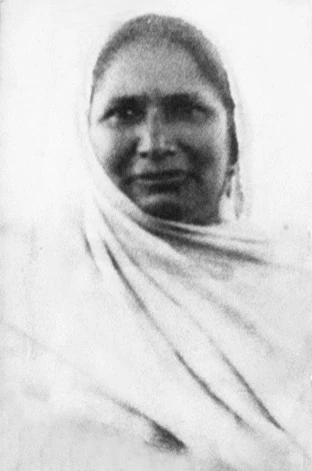
My paternal grandfather, Shri Tulsi Das Bhatia, was from Bhalwal. He was a local wrestler and hakim of repute and married to completely illiterate but fair and beautiful lass Radha Piyari Bhatia. Our father, Shri Jagat Ram Bhatia, was the eldest son, born on 24 Dec 1905 in Bhalwal. He was good in his studies and played hockey in school. His school across the Jhelum River had no bridge, and he had to wade through the river water. During the rainy seasons, he often caught hold of a buffalo’s tail to swim across the river to attend school, and both he and his father dreamt of him becoming a doctor. Unfortunately, our grandfather passed away at a young age, and this dream remained unfulfilled due to the lack of referrals from the local Gora Sahibs for admission to medical college or higher education. My father was the first matriculate in the second division from his village, and while my grandmother distributed homemade laddus to the entire village, my father’s uncle fired a borrowed double-barrel gun in the air to celebrate the occasion.
To support the family, he went to Bombay to do a diploma course in pharmacy and sanitation, served for a while in Khushab Civil Hospital, and was married to Shanti Devi Bhatia, d/o Shri Kanshi Ram Bhatia, on 18 May 1931. He later served in the medical department of the Anglo Iranian Oil Company (AIOC), Abadan, Iran, until its nationalization in 1951 and thereafter, in the Qatar Petroleum Company until 1965. Our parents, being devoted to Arya Samajis, were very liberal in the upbringing of their large family of 7 siblings.
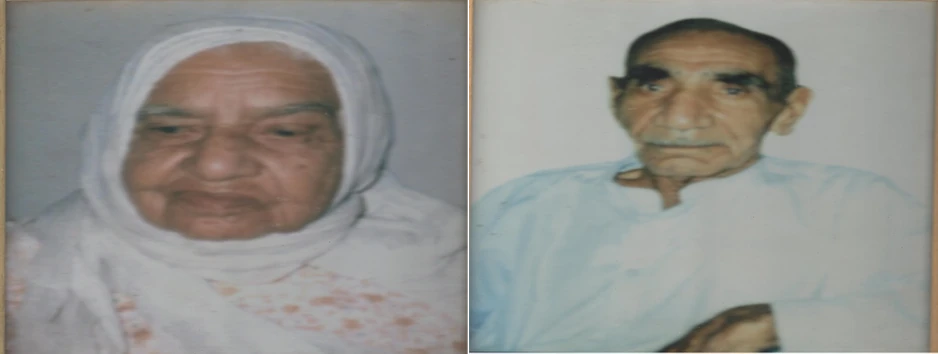
Haripur Hazara Railway Station
Haripur Hazara Railway Station is located in Haripur on the Taxila-Khunjerab Railway Line in the erstwhile North West Frontier Province, now named Khyber Pakhtunkhwa, in Pakistan. Kot Najib Ullah was the previous station, followed by Serai Saleh. The town of Haripur (meaning “Hari’s town”) was founded in 1822 by Hari Singh Nalwa, the commander-in-chief of Ranjit Singh’s army. Before becoming a district in 1991, Haripur had the status of a tehsil in Abbottabad district with headquarters in Haripur.
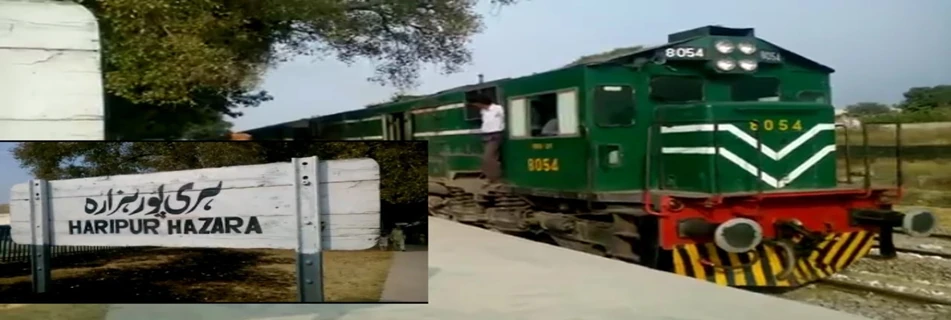
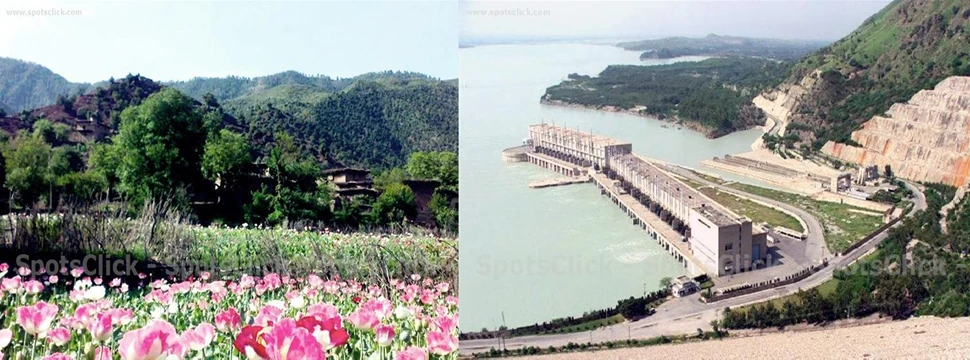
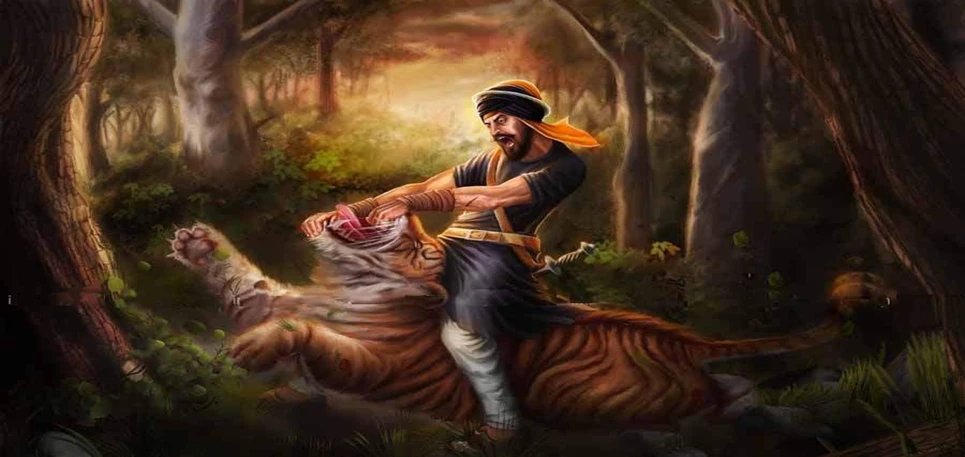
Karor Railway Station
Our maternal grandfather had 4 daughters and 2 sons and was posted as Station Master of the small Railway Station Karor, where on 29 Jan 1920, they were blessed with their second sibling, a son, and therefore named Karori Lal Bhatia, who grew up as a very handsome and studious young man, interested in wrestling, and later earned a good name in the Indian Air Force.
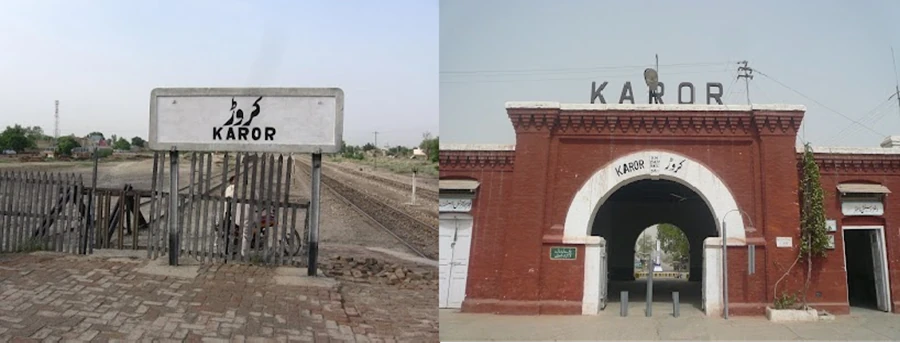
Karor Railway Station, or Karor Lal Esan Railway Station, is part of Karor / Karor Lal Esan city in Layyah district in the Punjab province of Pakistan. The preceding and following stations were Rajan Shah and Notak, respectively. There used to be a festival called Mela Chodhwein, held in Karor every year in September, celebrated in the memory of Lal Esan. The fair showcased events such as horse racing, tent pegging, camel fighting, bullfighting, wrestling, kabaddi, and dodda.
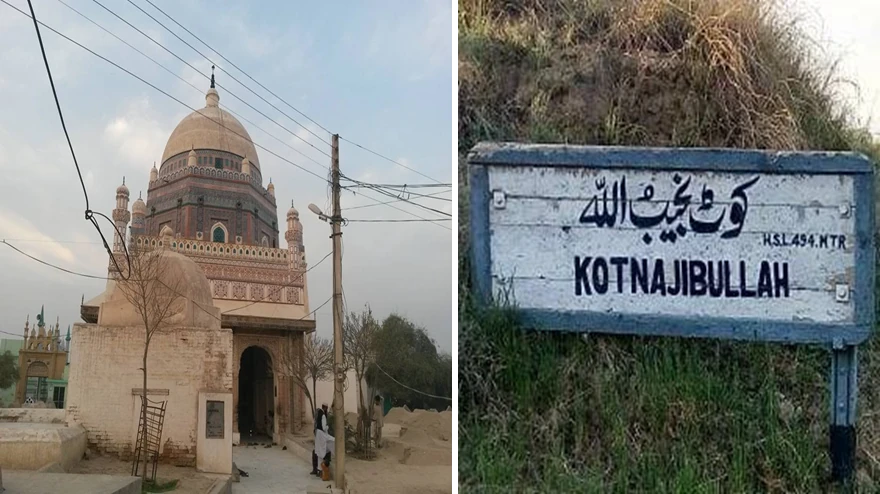
Though our elders prefer marriages within the clan in different subcastes, this trend has radically changed. Since I was married within the community, my wife, Rajni Bhatia, is from a different sub-sect of Bhatias. Rajni’s maternal grandfather, the late Shri Hari Chand Bhatia, was a renowned railway engineer who belonged to Tella Ganj in Kot.
Najjibullah district, Haripur Hazara of the erstwhile North West Frontier Province (NWFP), now called Khyber Pakhtunkhwa. He contributed a lot to the construction and maintenance of the Kalka-Shimla narrow gauge railway line and numerous tunnels and bridges en route.
During his tenure on the Bhatinda-Bikaner meter gauge railway line, the then Maharaja of Bikaner was very pleased with his work and allotted him 5 murabbas of agricultural land, 5 shops, and 5 housing plots. He retired as Assistant Engineer Maintenance (AEM) from Layallpur. My wife Rajni’s paternal grandfather was also named Shri Hari Chand Bhatia, who was a big Shaukar and a money lender in the village of Jagal. Sadly, during pre-partition riots, both her paternal grandparents and aunt were burnt alive in their house while the aunt’s husband was shot dead in the local market. My father-in-law, Shri Kundan Lal Bhatia, who was then headmaster in the government high school in Kot Najjibullah, and my mother-in-law, Shrimati Sarla Bhatia, were saved from being away from their house. After the partition of India, most of them migrated to Ganganagar, Abohar, and Delhi. Though not confirmed, loosely I learned that Pakistan’s military dictator Field Marshal Ayub Khan was a classmate of my late father-in-law Shri Kundan Lal Bhatia.

In our immediate Bhatia family, many have flourished as doctors, engineers, managers, educationists, administrators, businessmen, and entrepreneurs, while many served in the armed forces and took part in numerous wars fought since independence, BUT two of them—my maternal uncle, Group Capt. KL Bhatia, and my eldest brother, Maj. PN Bhatia—are outstanding, bringing name and fame to themselves, their units, families, and the Bhatia clan, and were awarded the gallantry award of Vir Chakra (VrC), respectively.
Our War Heroes
In October 1947, tribal raiders, armed and led by Pakistani army officers, raided Kashmir. On 26 October, the Maharaja of Kashmir signed the Instrument of Accession as per the requirements of the partition process and pleaded for Indian military help. The lone transport squadron under the command of Wing Commander KL Bhatia was not to be left behind. He piloted the very first Dakota aircraft, the DC-3 VP 905, into the Kashmir Valley on 27 October 47, airlifting 18 jawans of 1 Sikh under their CO, Lt Col Diwan Ranjit Rai. Both the officers, in their own ways, became legends thereafter. On 21 March 1948, the Dakota DC-3 VP 914, flown by Wing Commander KL Bhatia, got shelled by the Pakistani artillery while carrying ammunition to the besieged Indian Army garrison in Poonch while landing. The damaged aircraft was quickly unloaded of its 25-pounder gun that optimized the firepower of the besieged garrison, and Wing Commander Bhatia was awarded a much-deserved Vir Chakra for his conspicuous bravery in fierce combat. We SALUTE Group Captain KL Bhatia, VrC, whose 105th birthday was celebrated on 29 Jan 2022 with honor, pride, dignity, and gratitude.
Likewise, my elder brother Prem was groomed by our maternal uncle Group Captain KL Bhatia, VrC, to join the Indian Army. He was tall, handsome, and an all-rounder sportsman. Commissioned in 6 Kumaon, he was the Adjutant of the Battalion that fought advancing Chinese in Walong in the erstwhile NEFA during the 1962 War. He was severely wounded and awarded the Vir Chakra (VrC) for his exemplary leadership and bravery, adding pride to his Paltan, family, and the Bhatia community.
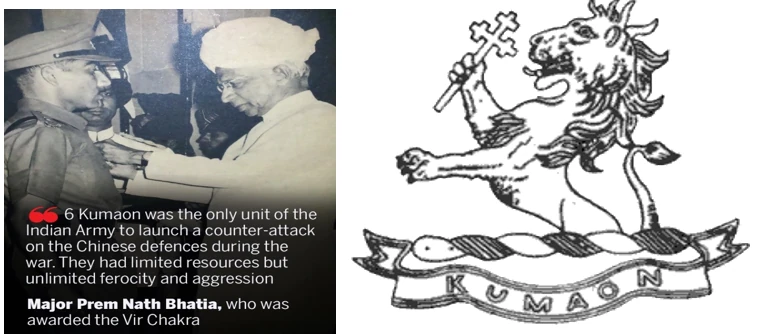
Sadly, having fought bravely, both died young. My maternal uncle was diagnosed with malignant lung cancer, and in spite of the best treatment available those days, sadly breathed his last on 20 Jan 1954 at the age of 34 years, leaving his family and the Indian Air Force (IAF) shattered forever. My brother, who had inspired me to join the Kumaon Regiment, had successfully completed his Defence Services Staff College Course on 27 Feb 1965 BUT unfortunately died in a tragic scooter accident in Coonoor on 28 Feb 1965 at the age of 32 years.
His son, Arvind Bhatia, at the time of his father’s demise, was barely 17 months old and was commissioned in his father’s Battalion 6 Kumaon and retired from the Indian Army with a distinguished career and the rank of Major General on 30 Sep 2021 and was awarded the Ati Vishisht Sewa Medal (AVSM). He also had the distinction of serving as India’s Defence Attaché in Islamabad but sadly was not permitted by the then Pakistani government to visit his ancestral townships of Bhera/Sargodha.
My maternal uncle and brother were my greatest role model treasures, and losing them was the sharpest shooting pain in my body, mind, and soul. They motivated and guided many relatives and friends to join the Indian Armed Forces. So this is how the stories of late Group Captain KL Bhatia and Late Major Prem Nath Bhatia unfold- both ‘Vir Chakras’-one ‘Hero of Poonch’ and the other ‘Hero of Walong’, both were severely wounded in combat and survived but died young in unnatural deaths, both qualified Staff College Courses, both were soldiers’ soldiers, sportsmen, officers and gentlemen with courage and convictions, illustrious sons, brothers, husbands, fathers and above all a compassionate human beings with infinite integrity, patience, missionary zeal, cheerfulness, purity of thoughts, conduct, absence of animosity and vanity that will inspire BHATIA Clan, Indian Air Force (IAF) and the KUMAON Regiment for generations to come.
Some well-known Bhatias world over include:- Prem Bhatia (journalist), Sabeer Bhatia (co-founder of Hotmail), Vineet Bhatia (Michelin-starred chef), Akshay Kumar & Tamannah Bhatia (Indian actors), Akshay Bhatia (American golfer), Taniya Bhatia & Rajat Bhatia (Indian cricketers), Eduardo Bhatia (Puerto Rican politician), Amir Bhatia & Baron Bhatia (British businessman), father and son Kapil & Rahul Bhatia (InterGlobe & IndiGo, India’s largest airline), Michael Bhatia, (American researcher), Nav Bhatia ( NBA Hall of Fame & Canadian businessman, Peter Bhatia (American journalist), Rafiq Bhatia (American musician, composer, producer & guitarist) and many others in sports, medicines, scientists, authors, diplomats, administration and the Indian armed forces.
Someone has very rightly said—
‘Bhatias are a small clan BUT with large achievements.’
